Best network monitoring tools
We feature the best network monitoring tools, to make it simpler and easier to manage all aspects of remote monitoring of your IT infrastructure

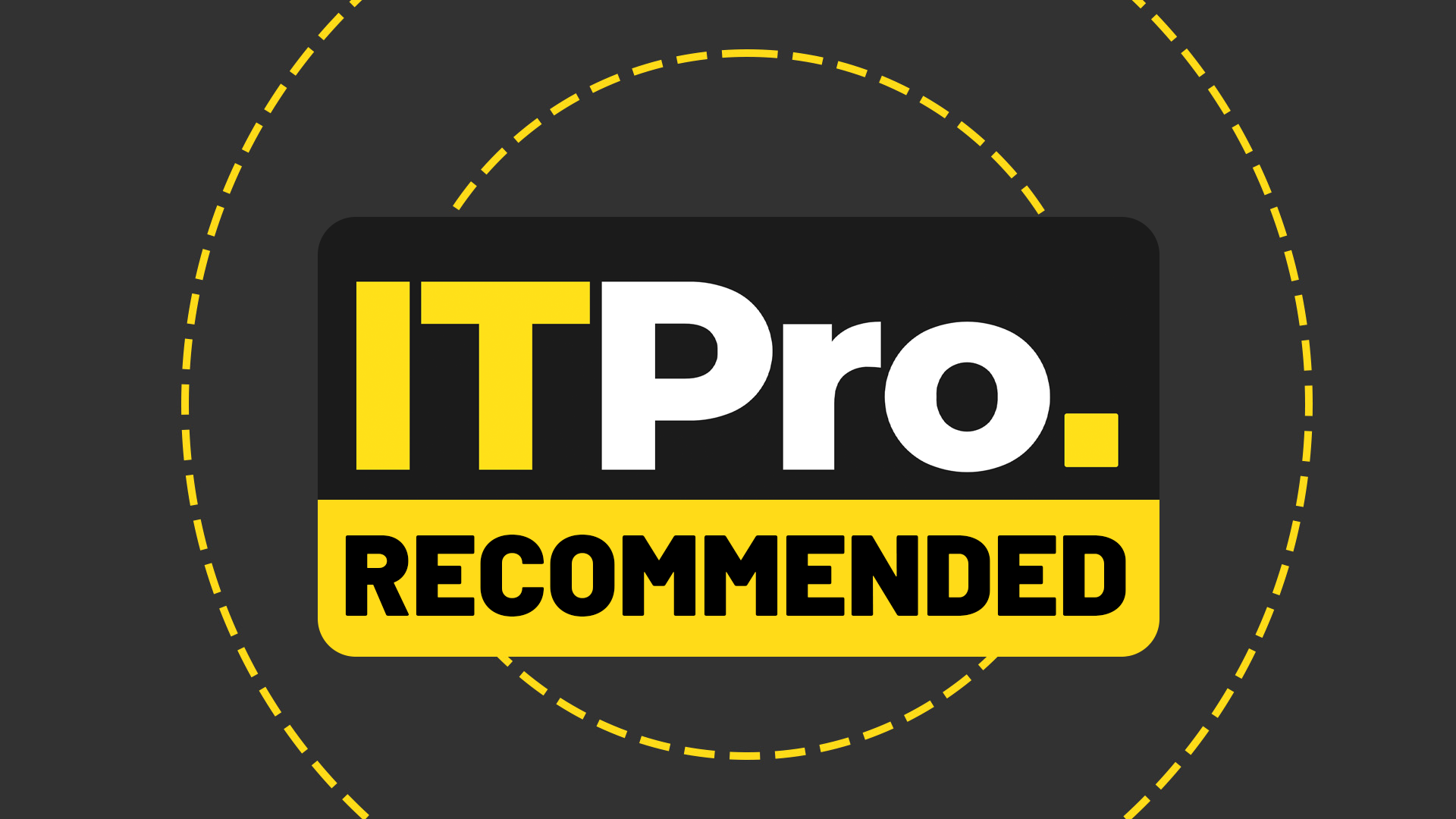
An essential IT support role is monitoring network and device health and providing a rapid response service to ensure problems or faults don't impact on business operations. Downtime is a dirty word as it can cause a loss of productivity while prolonged service outages may lead to irreparable damage to a company's reputation and customer perception.
As networks become interconnected and ever more complex, support staff need all the help they can get if they want to avoid a daily firefight. Network monitoring software is ideal as it can tell them precisely what's on their networks, and how it is performing and alert them to any issues as soon as they happen.
Standard features include hardware component monitoring and measuring device availability and response times but the best products can do much more than this with many capable of keeping a watchful eye on business apps like Exchange and SQL Server plus cloud services such as Amazon AWS and Microsoft 365. Virtual environment monitoring is another valuable feature as software that supports this can present a wealth of details on hypervisor host resource usage and virtual machine (VM) status.
Automated network discovery services make deployment a breeze as they scan the network and populate their databases with details of all the devices they find. Monitoring software is capable of gathering a huge amount of information about devices and their discovery processes will probably surprise you by revealing more of them on your network than you previously thought.
Along with color-coded device icons for at-a-glance status views, most offer multiple dashboards that allow you to create custom views that focus on key performance indicators. NOC (network operations center) views are another great feature as these present support departments with a big heads-up display showing network pain points that require their immediate attention.
There's a huge choice of network monitoring products and below, we feature four of the best ones on the market. It's important to choose the right one for your business needs and all are available as free time-limited evaluations so you can try them out before parting with any cash.
Best network monitoring tools in 2026
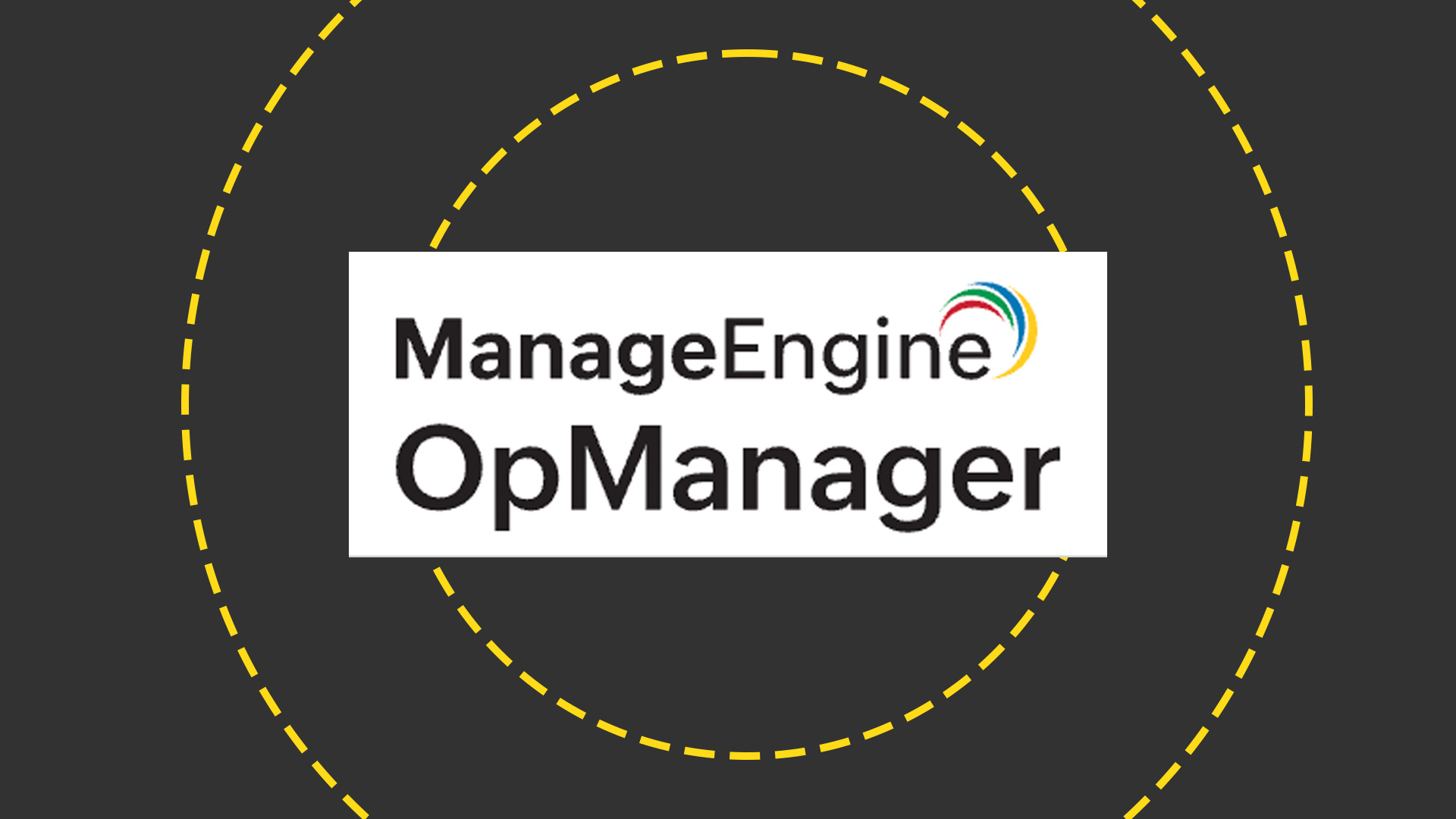
ManageEngine OpManager
Our expert review:
Reasons to buy
Reasons to avoid
ManageEngine OpManager is a key player in the Zoho Corporation software and services empire and delivers a complete solution for network, server, and application performance monitoring. It's good value too, as ManageEngine's flexible licensing schemes are based only on devices and not elements or sensors and you can choose from three different editions.
Deployment is swift as it only took 20 minutes to install it on a Windows Server 2022 host and run an initial scan of the lab's IP subnet. OpManager's device identification and classification is excellent as it is endowed with over 11,000 devices and 56,000 vendor templates.
The web console's dashboards present a lot of information about your network with the handy heat-map widget showing a grid of coloured blocks representing each device and their status. Detailed custom dashboards are created by choosing from over 200 available widgets and NOC (network operations center) views used to present support departments with the big picture.
Virtual monitoring is extensive as OpManager provides views of host and VM utilization, guest OSes, and datastore usage. Add the NetFlow module and you can view all common flows and use the free NetFlow Generator utility to translate raw packets into NetFlow data.
The list of available metrics is basic, but OpManager's root cause analysis (RCA) profiles compare data collected from multiple devices to help with problem remediation. Cisco ACI, IPMI, and VPN monitors are provided, OpManager integrates with Slack and Microsoft Teams for alert notifications, and the Application Performance Management (APM) plug-in can monitor and report on an extensive range of on-premises and cloud-hosted apps.
There are a lot of components to familiarise yourself with, but ManageEngine's OpManager is a powerful monitoring solution with plenty to say about your network. The well-designed web console can be easily customized to suit and OpManager's affordable licensing plans will appeal to a wide range of businesses.
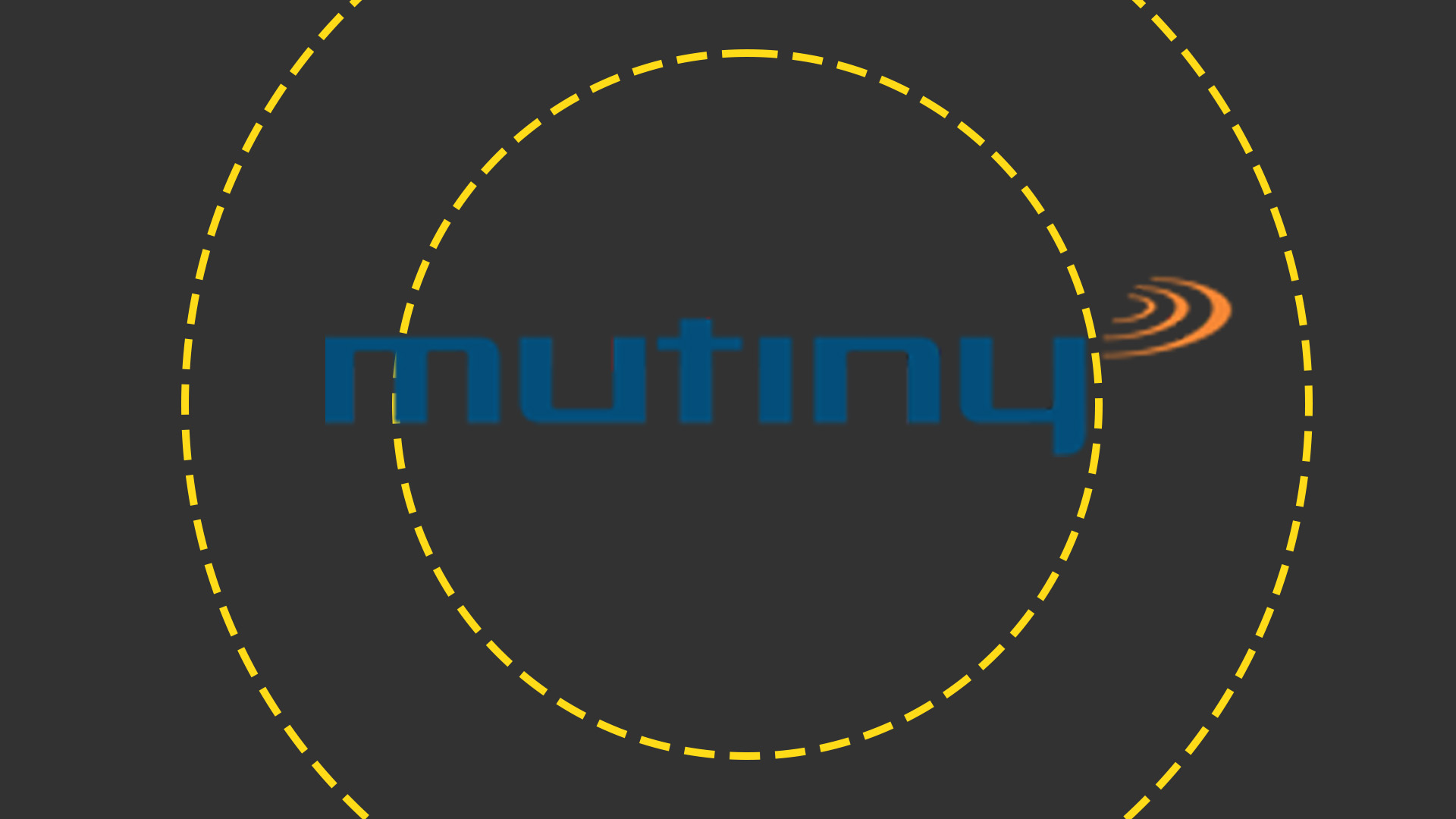
Mutiny Monitoring System
Our expert review:
Reasons to buy
Reasons to avoid
UK company Mutiny Ltd has been in the network monitoring business for over 22 years and for good reason as its Monitoring System is designed to be up and running in minutes. It's also excellent value as licensing is based only on monitored nodes with the entry subscription price of £2,833 per year enabling 300 nodes while the unlimited version costs around £6,600 per year.
Deployment options are plentiful as Mutiny can supply a turnkey 1U rack appliance or you can download the CentOS ISO file for installation on your own choice of hardware platform. We opted to virtualize it and installed the Mutiny OVA file on our VMware ESXi host.
Mutiny's discovery process is fast as its Node Manager scanned our lab network subnet in one minute. Its tidy web console neatly groups all main functions in a ribbon menu across the top and presents a set of informative dashboards that can be easily customized with various widgets
As each node is added to the console, it is assigned a suitable icon for easy identification and receives a default set of monitoring and alerting parameters with predefined thresholds. Mutiny currently supports SNMP but it is developing native WinRM/WMI monitoring so it can gather more information about Windows systems.
From the monitoring tab, you can check the status of all devices and each is assigned one of four status indicators so you can see at a glance those that are up, down, and are experiencing problems. Support departments can display this as a big status wallboard and Mutiny's polling engine is very efficient as it checks availability and properties of over 16,000 devices per minute.
Mutiny's alerting services are a cut above the rest. It uses primary, secondary, and default shifts for every day of the week where each shift has a start and end time that determines the order support staff will be called when a problem is identified.
The Mutiny Monitoring System is a great choice for businesses that want a clear picture of the state of their networks. The node-based licensing is good value and it is capable of delivering a wealth of easily accessible information.

Paessler PRTG Network Monitor
Our expert review:
Reasons to buy
Reasons to avoid
Businesses worried about additional costs of optional features can rest easy with Paessler's PRTG Network Monitor as everything is included in the price. Its sensor-based licensing means you just select the number required and apply them to any device, individual hardware component, service, or business application you want.
Deployment options are good as PRTG can be run on-premises while businesses with distributed offices can use the cloud-hosted version where each network is remotely monitored by installing PRTG probes in them. We tested the on-premises version and it took around 45 minutes to scan a complete IP subnet.
PRTG does all the hard work as it assigns the most appropriate sensors to each device and applies a predefined set of alert triggers. Sensor types are in abundance as Paessler offers nearly 300 but you need to keep an eye on usage as PRTG can get carried away with the number it assigns each device.
The web console provides an overview of all sensors with the device's view using a tree structure with all systems organized into hierarchical groups that inherit settings such as discovery schedules from their parent group. The view can be easily customized for your environment and it's simple to identify problems as sensors are assigned colors showing if they are up, down, paused, or in a warning state. Selecting one takes you to a detailed overview with live graphs and charts showing activity for the past two days, month or year.
Alerting is extensive as notification templates are available for services such as email, SMS, Syslog, SNMP traps, MQTT, Slack, and Microsoft Teams. Paessler includes Windows and macOS desktop apps which provide just as much information as the main web console while its iOS and Android mobile apps are simply the best.
Sensors can get consumed quickly but they do make PRTG a very versatile network monitoring solution. It can monitor almost anything on your network and the simple licensing schemes make it easy to control costs.
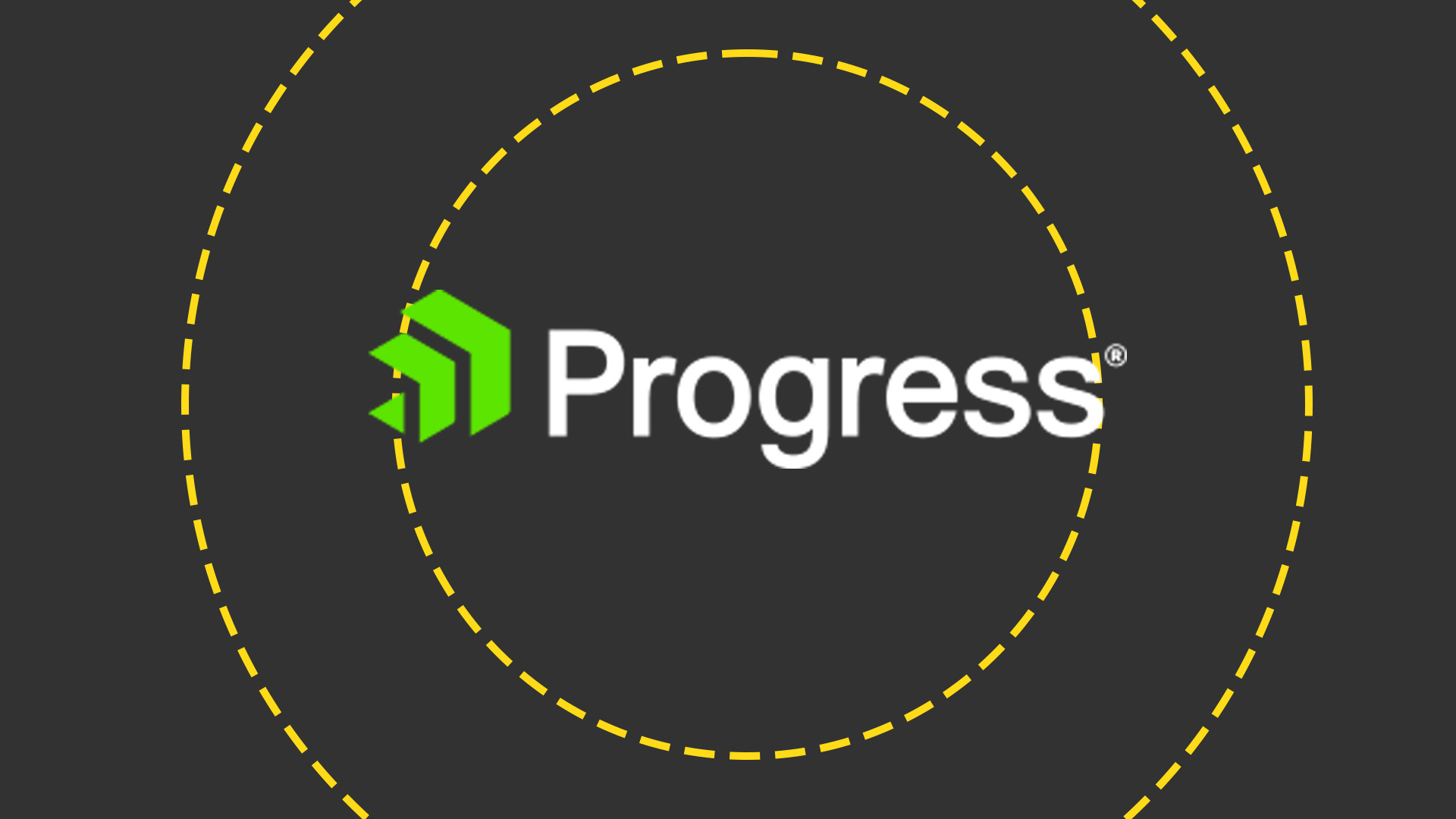
Progress Software WhatsUp Gold
Our expert review:
Reasons to buy
Reasons to avoid
WhatsUp Gold (WUG) from Progress Software has ease of use as a high priority as its network discovery service has been recently updated so it automatically monitors all key metrics on every device it finds. Product licensing is even more flexible too, as you can choose from the standard versions, a perpetual license, points-based options or three yearly subscription plans.
Installation doesn't take long as we loaded WUG on a Windows Server host in 30 minutes with the first wizard-assisted network discovery taking a further 10 minutes. The WUG console presents four menu options in its upper ribbon bar and you can add frequently used views to the Favorites tab by clicking on the star icon at the top right of the console.
The analysis dashboards feature allows you to design multiple custom views, add columns, and choose the metrics you want to see. Anything WUG is capable of monitoring can be included so you can create very detailed dashboards and each device is assigned a colored icon for instant status views.
The NOC (network operations center) feature manages collections of views that rotate to a schedule for presenting support teams with a live status display. You can add monitored items to a slide deck, enter a display duration in seconds, and pass the URL to support staff so they can access it directly.
RELATED WHITEPAPER

Alerting is extensive as policies link device state changes with an extensive range of actions and you can see which actions have been applied to devices from their properties page. General reporting tools are in abundance and WUG is a great choice for businesses running the Progress Flowmon appliances as it can include their traffic analysis data in its dashboards.
Add-ons can increase the price, but WhatsUp Gold is easy to use and provides a superb range of network monitoring tools. Its smart dashboards and NOC views will appeal to busy support teams and it's available in a wide range of licensing schemes.
Sign up today and you will receive a free copy of our Future Focus 2025 report - the leading guidance on AI, cybersecurity and other IT challenges as per 700+ senior executives
Dave is an IT consultant and freelance journalist specialising in hands-on reviews of computer networking products covering all market sectors from small businesses to enterprises. Founder of Binary Testing Ltd – the UK’s premier independent network testing laboratory - Dave has over 45 years of experience in the IT industry.
Dave has produced many thousands of in-depth business networking product reviews from his lab which have been reproduced globally. Writing for ITPro and its sister title, PC Pro, he covers all areas of business IT infrastructure, including servers, storage, network security, data protection, cloud, infrastructure and services.
-
 UK firms are pouring money into AI, but they won’t see a return on investment unless they address these key issues
UK firms are pouring money into AI, but they won’t see a return on investment unless they address these key issuesNews An SAP report projects increased AI investment, but cautions that too many organizations are taking a fragmented approach
-
 Intel makes high-level hires while factory workers are warned of layoffs
Intel makes high-level hires while factory workers are warned of layoffsNews The company is appointing four senior executives as part of efforts to refocus on engineering and customer relationships
-
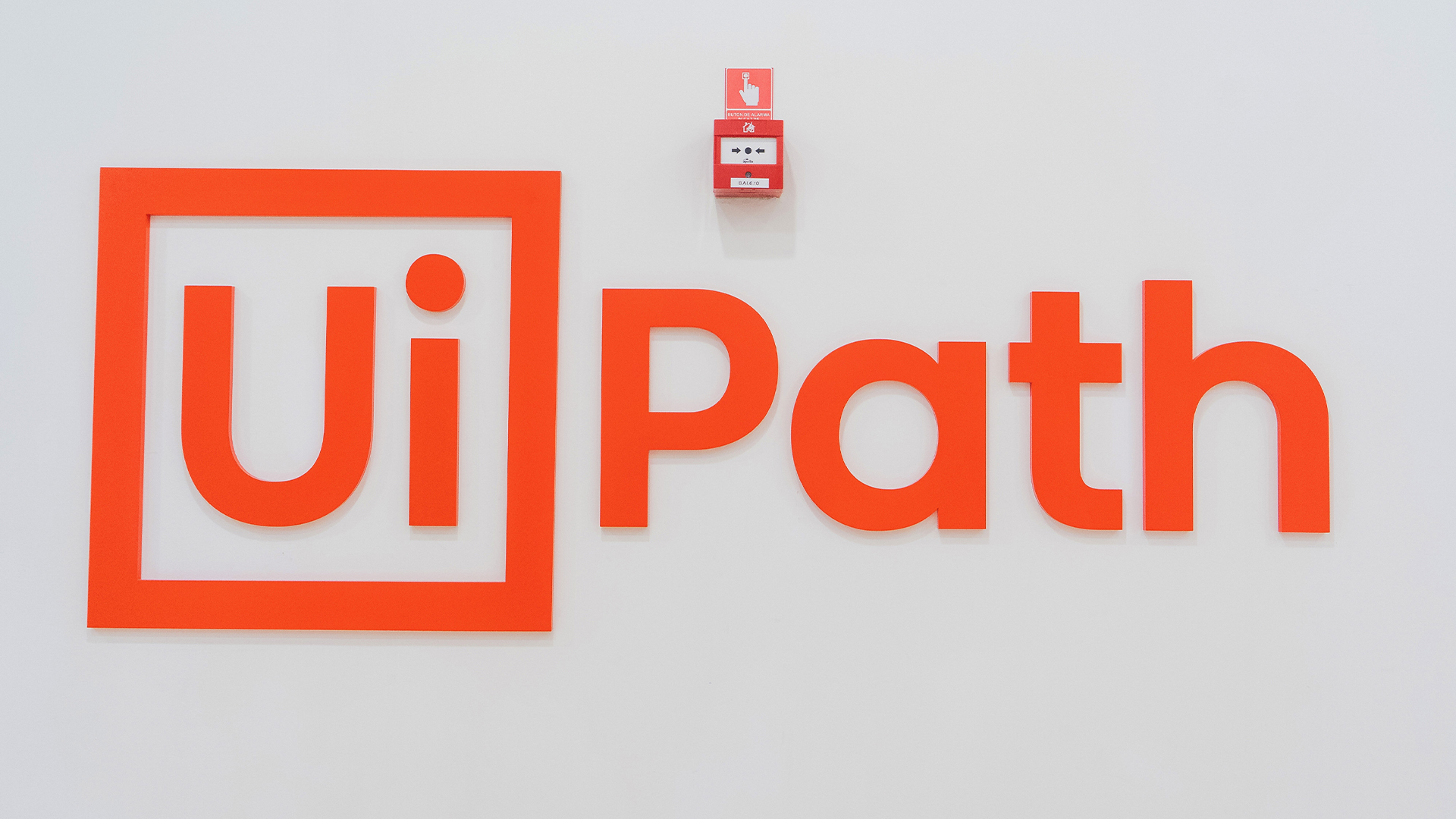 UiPath names Simon Pettit as new AVP for UK and Ireland
UiPath names Simon Pettit as new AVP for UK and IrelandNews The seasoned leader will spearhead region-specific transformation projects as UiPath looks to drive operational growth and customer engagement
-
 How to empower employees to accelerate emissions reduction
How to empower employees to accelerate emissions reductionin depth With ICT accounting for as much as 3% of global carbon emissions, the same as aviation, the industry needs to increase emissions reduction
-
 Worldwide IT spending to grow 4.3% in 2023, with no significant AI impact
Worldwide IT spending to grow 4.3% in 2023, with no significant AI impactNews Spending patterns have changed as companies take an inward focus
-
 Report: Female tech workers disproportionately affected by industry layoffs
Report: Female tech workers disproportionately affected by industry layoffsNews Layoffs continue to strike companies throughout the tech industry, with data showing females in both the UK and US are bearing the brunt of them more so than males
-
 How can small businesses cope with inflation?
How can small businesses cope with inflation?Tutorial With high inflation increasing the cost of doing business, how can small businesses weather the storm?
-
 How to deal with inflation while undergoing digital transformation
How to deal with inflation while undergoing digital transformationIn-depth How can organizations stave off inflation while attempting to grow by digitally transforming their businesses?


